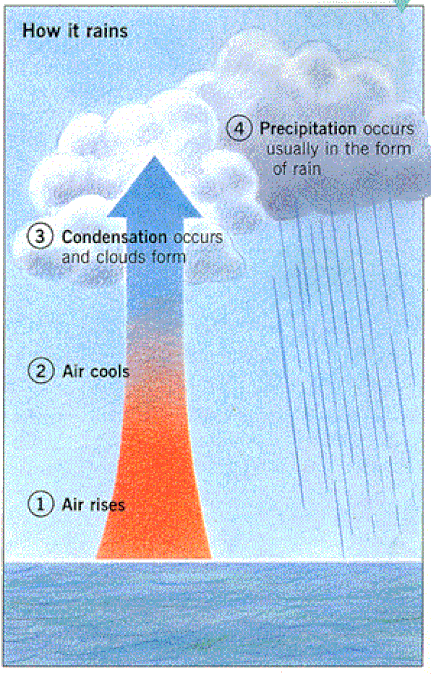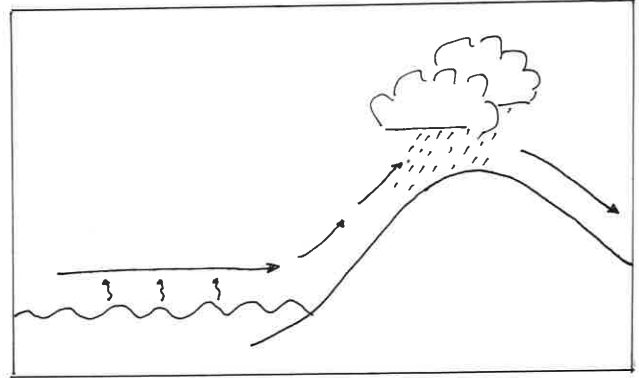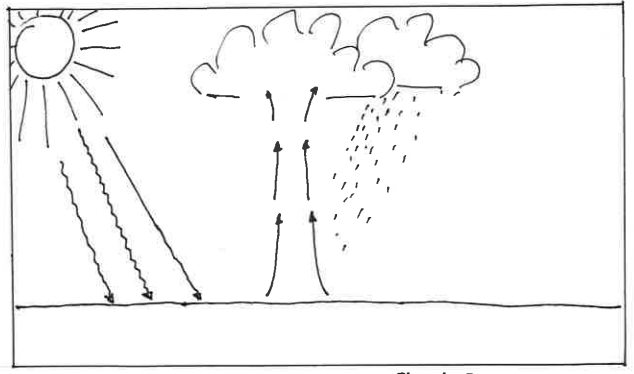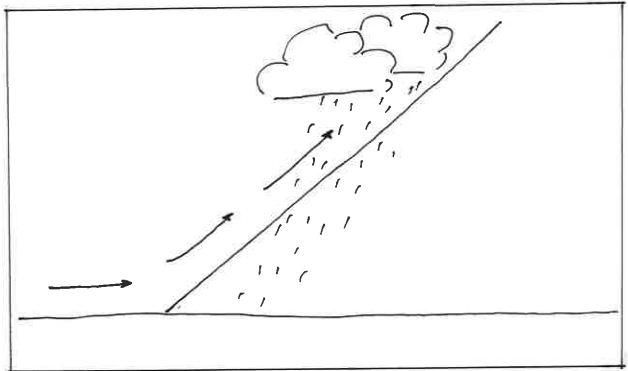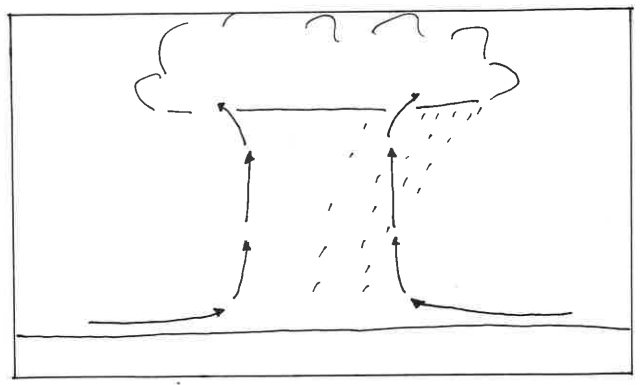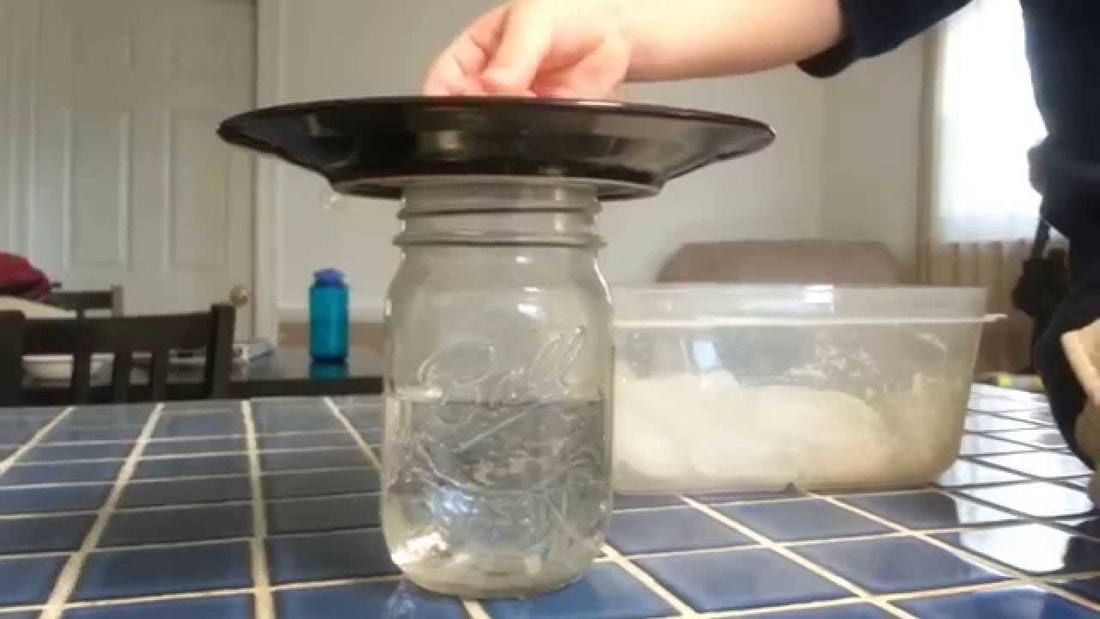-
MYP
- Home
-
IGCSE
- Course information
-
Physical: Hazardous environments
>
- Distribution of tectonic hazards
- Causes of tsunami
- Measuring earthquakes
- Earthquake case study 1: Haiti
- Earthquake case study 2: Christchurch
- Why do earthquakes do more damage in LICs than in HICs?
- How are volcanic eruptions measured?
- Tropical storms - distribution
- Causes of tropical cyclones
- Tropical cyclones - case study
- Why live in hazardous areas?
-
River Environments
>
- Hydrological cycle
- River basins
- Factors affecting river regimes
- Fluvial processes: erosion
- Fluvial processes: weathering and mass movement
- Fluvial processes: transportation and depositon
- River features and their formation
- How rivers change from source to mouth
- Uses of water
- Water pollution
- Water supply
-
IBDP
-
Changing population
>
- Global patterns of economic development
- Physical and human factors affecting global population distribution
- Case study 1: China
- Case study 2: Niger
- Demographic transition
- Megacity growth
- Forced migration and internal displacement
- Ageing populations
- Pro-natalist and anti-natalist policies
- Gender equality policies
- Trafficking policies
- The Demographic Dividend
-
Global climate vulnerability and resilience
>
- Atmospheric system
- The energy balance
- Changes in the energy balance
- The enhanced greenhouse effect
- Climate Change and the Hydrosphere, Atmosphere and Biosphere
- Impacts of climate change on people and places
- Disparities in exposure to climate change risk and vulnerability
- Government-led adaptation and mitigation strategies
- Civil society and corporate strategies
-
Global resource consumption and security
>
- Progress towards poverty reduction
- Measuring trends in global consumption
- Global patterns and trends in the availability and consumption of water
- Global patterns and trends in the availability and consumption of land/food
- Global patterns and trends in the availability and consumption of energy
- Water food and energy nexus
- Recycling and waste
- Malthus vs Boserup
- Resource Stewardship strategies
- Sustainable Development Goals
-
Freshwater - drainage basins
>
- The drainage basin as a system
- How rivers change from source to mouth
- River discharge
- River processes
- River landforms
- Factors affecting flood risk
- Attempts at flood prediction
- Flood mitigation
- Flood mitigation case studies
- Water scarcity
- Agricultural activities and water quality
- Pressures on lakes and aquifers
- Internationally shared water and conflict
- Water management: participation of local communities
- Dams as multi-purpose schemes
- Water management: Integrated Drainage Basin Management (IDBM)
- Managing wetlands
-
Leisure, Sport and Tourism
>
- Growth and purpose of leisure time
- Categories of tourism and sport
- Economic development and participation
- Factors affecting personal participation
- Factors affecting growth of tourism hotspots
- Spheres of influencee
- Factors affecting a national sports league
- Festivals
- Niche national tourism strategies
- Role of TNCs
- Tourism as a national development strategy
- International sporting events
- Consequences of unsustainable growth
- Sustainable tourism
- Future international tourism
- Political and cultural influences on sport
- Extended Essay in Geography >
- Skills/concepts >
-
Changing population
>
- Geography and ToK
- Theory of Knowledge
Why doesn't it hurt when it rains??
1. Why is rainfall important?
In your groups, discuss the reasons why rainfall is important? Think back to your work on decision makers. How does rainfall affect human activity? How does it affect the natural environment and ecosystems?
2. Why does it rain? - what are the ingredients for rainfall?
Both of the diagrams on the left show the basic elements that are needed for rainfall to occur. Study both diagrams carefully and describe the ingredients and processes that go together to make rainfall in your own words.
2. What are the different types of rainfall?
Watch both of these video clips VERY CAREFULLY. You are going to be using them to help you draw/annotate your own diagrams of each of the four different kinds of rainfall that are explained!
|
1) Explain how clouds form in your own words including all of the following words/phrases:
|
|
|
|
3) This clip includes a fourth kind of rainfall. What is it? Add it to your list! |
3. Rainfall diagrams
| rainfall_diagrams.pdf | |
| File Size: | 63 kb |
| File Type: | |
Use the information from the videos above to make sure that you have four fully annotated diagrams showing each of the four types of rainfall below. The labels have been listed for each diagram but you will need to sort them into the right order and position them properly on your own diagrams.
4. Rainfall mime!
|
Your group is going to work as a team to create a mime/dance which will explain your kind of rainfall to the rest of the class. You MUST include:
|
5. Homework practical task - make it rain
|
MATERIALS:
PROCESS:
EXPLANATION: What happens? The cold plate causes the moisture in the warm air, which is inside the jar to condense and form water droplets. This is the same thing that happens in the atmosphere. Warm, moist air rises and meets colder air high in the atmosphere. The water vapour condenses and forms precipitation that falls to the ground. DOCUMENT: Photograph, sketch or even video your experiment and annotate or do a voice over which explains the processes occurring and connecting back to relief, convectional and frontal rainfall. |
|
